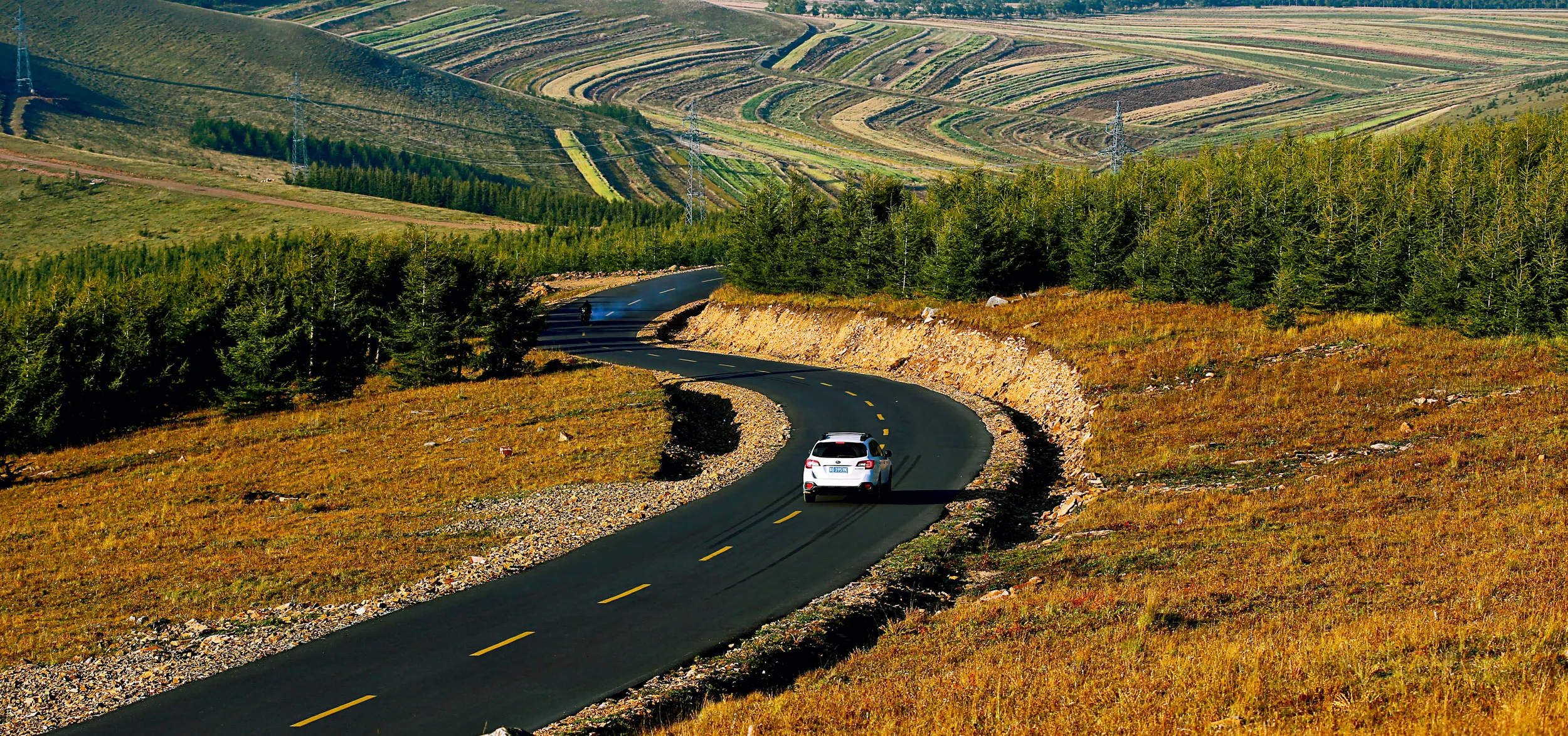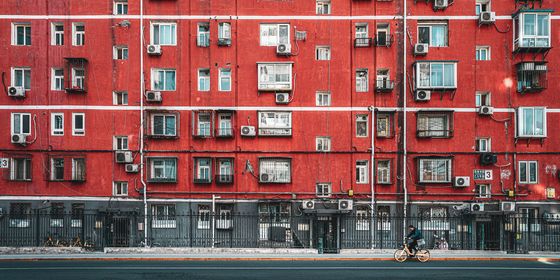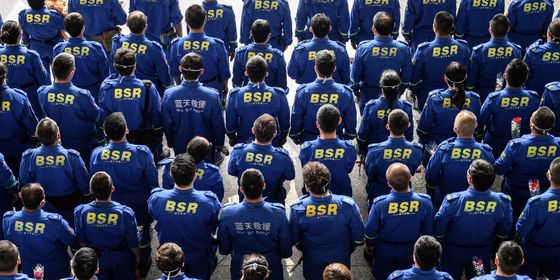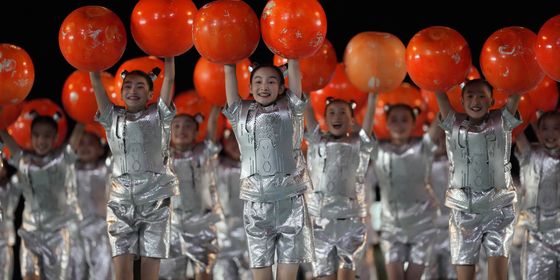The Olympics put it on the map, but there’s more to see now in Zhangjiakou and its nearby northern charms
Most travelers—even a lot of Beijingers who live only 180 kilometers away—can easily confuse Zhangjiakou with better-known tourist destinations with similar names, like Zhangjiajie or Zhangjiagang. The fact that the city belongs to Hebei province doesn’t help improve expectations, as it is a province widely known as a world of steel factories, a gloomy concrete desert with legendary air pollution.
Zhangjiakou was only very recently lifted out of its comfortable obscurity as a northern manufacturing hub: more specifically, on July, 31, 2015, when it was announced that Zhangjiakou would co-host the 2022 Winter Olympics with Beijing. Finally, Zhangjiakou was on the map.
In fact, if you want to get away from the horrific din of Beijing for a weekend, then Zhangjiakou might be an ideal choice, at least for the time being. Once you are off the notorious traffic hellscape that is the Badaling Expressway (which might be the least enjoyable part of the whole journey, as you slowly inch your way forward, dwarfed among giant trucks), you are on a constant, slow climb that extends all the way northwest to Inner Mongolia. Zhangjiakou is the first city you encounter on this route, which connects the lowlands of Beijing to Inner Mongolia like a staircase. The landscape is the opposite of the Hebei city stereotype so many assume, with its smooth, rolling hills and vast prairies.
Despite its recent fame, the city seems in the grips of an identity crisis. Zhangjiakou is comprised of six districts and 13 counties, covering an area of over 2,080 square kilometers, and due to this vastness, it’s a hard landscape to describe. Locals often divide Zhangjiakou up by referring to its plains area as “under the bank”(坝下) and its plateau area as “on the bank”(坝上).
Zhangjiakou’s government has already set off on a long journey to rebrand itself, largely by borrowing glamour from its already established reputation. It has tried branding a prairie music festival held in Zhangbei county (张北县) as “China’s Woodstock,” and the ski venues in Chongli county(崇礼县) as “China’s Davos.” However, Zhangjiakou doesn’t need the borrowed platitudes of government slogans—it’s already got a brand. Xuanhua (宣化), our first stop after entering Zhangjiakou, took us back in time.













